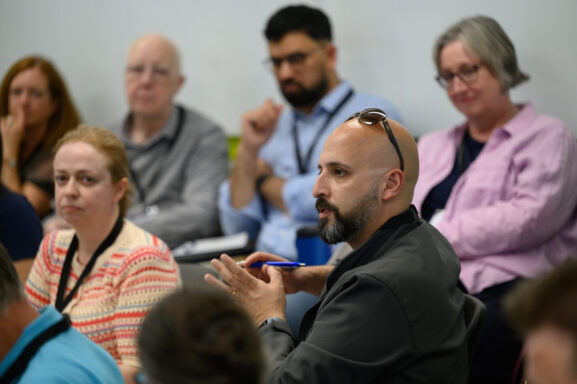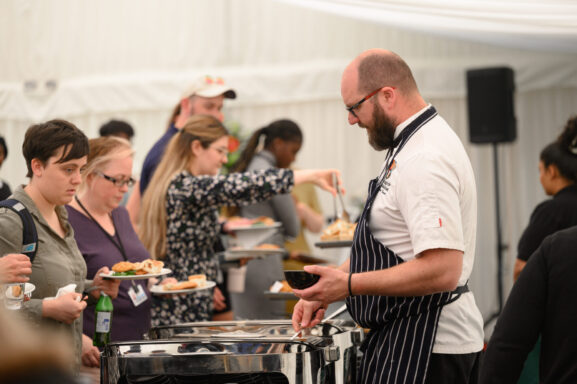10 ways to make your conference sustainable
Sustainable conferences are no longer out of the ordinary.
As individuals, most of us are already making small but important changes to reduce waste. Acting to limit the environmental impact of your event through CO2 emissions and waste is now the expectation, for organisers and attendees alike.
And when the UK events sector is worth £42.3 billion, and a whopping £120 billion in the US, those potential savings are massive.
If you’re an events organiser wondering where to start, or how to do better, read on.

Choose the right venue
Individual actions are important, but having the infrastructure in place to support large-scale, long-term change matters much more.
If you have a range of location options, do your research. What programmes and commitments are in place in the city or region?
When it comes to your venue, what’s already in place?
Choose a venue with built-in sustainable services – like good public transport, food waste into energy, recycling facilities, transparency about where their food comes from, environmentally-conscious lighting.
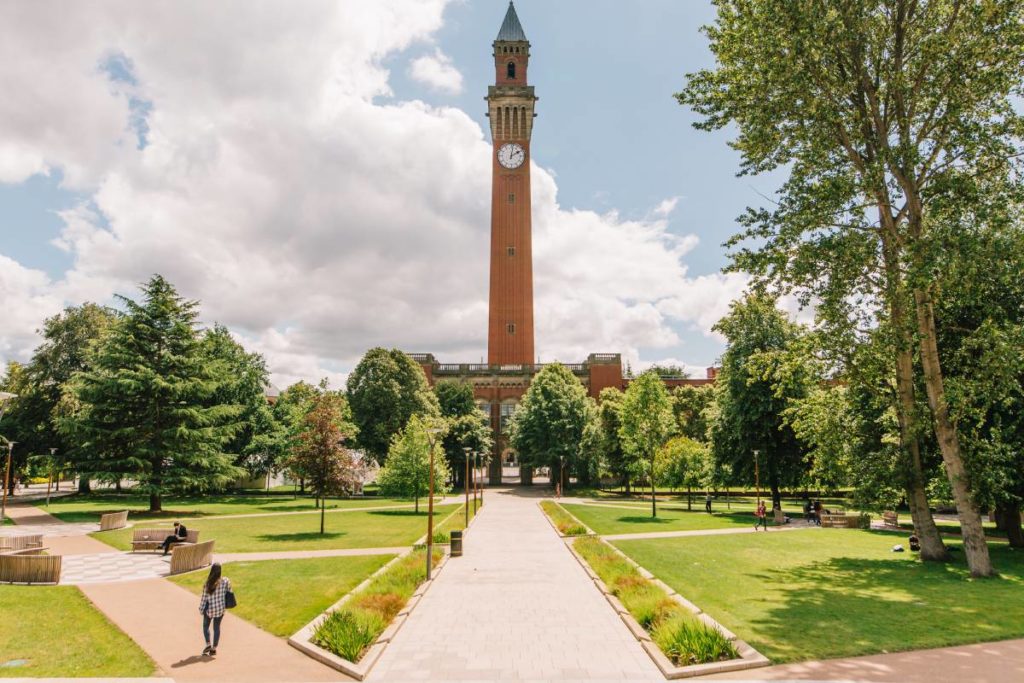
Go paperless
An event app will immediately cut the need for a lot of your standard print collateral – from digital ticketing to location maps and rooming information. They’ll make your job simpler too, with simple data management that allows you to follow up after the event.
Replace print signage with digital screens, or utilise the permanent signage in your venue.
Make it hybrid
Hybrid conferences blend a mix of live and virtual experiences, using live streaming to broadcast your event.
Some of your audience and speakers might be local. For international or distant attendees, a hosted live stream or one using social media – Facebook Live, or YouTube – can make huge savings on emissions by removing the need to fly. Your speakers can dial in, too.
Your stream can support live interaction from your virtual attendees, so they don’t lose out on face-to-face benefits. And you can arrange for a recorded event or video on demand, so the content is saved for future viewing.
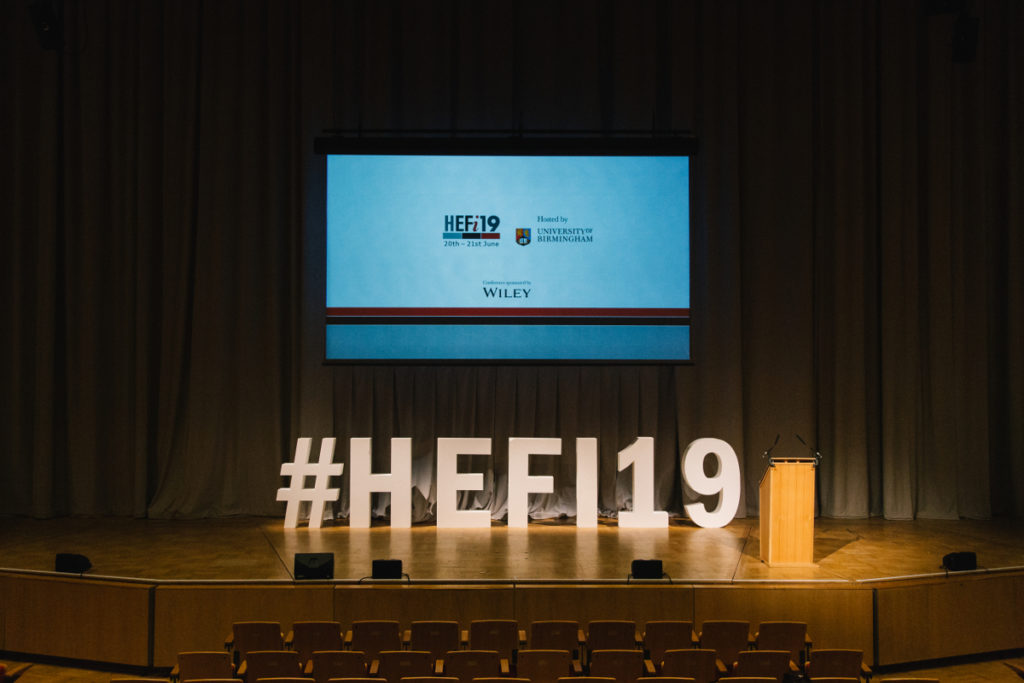
Transform your visuals
Props, staging, stands: they all help to make an impression.
Bespoke one-offs with the date and title of your event might be enticing, but are then limited to single use. Hiring generic props and staging means they’re being reused – but if they’re on a grand scale, the emissions from transporting them can be a problem.
Source locally, and make branded items reusable whenever possible.
Better yet, rethink the whole approach. Lighting packages which project images onto screens and buildings can look just as dramatic, and use a minimal comparative resource load. Ask your AV specialists to use LED lighting where possible.
Change your menu
Food and beverage waste accounts for a minimum of 20% of event waste, and sometimes up to 60%.
Take advice from your caterer on the number of servings you’ll need. Ask them about what happens to waste food: can it be taken to anaerobic digestion to create fuel, or be shared with a local charity?
Choose catering that uses local suppliers to help reduce food miles. Vegetarian and vegan options are less impactful in terms of emissions than meat-based choices. Happily, that also matches what attendees are asking for – so consider making 80 – 100% of your F&B plant based.
Remember the small things, too. Ask for tea, coffee and snacks in jars, not individually wrapped.

Swap out single-use water bottles
This one’s an easy fix.
Use refillable glass bottles with filtered water for your conferences and events. These can be prepared in multiples. They also allow guests to fill up their own reusable bottles too, if they’re moving around the event.
Rethink the lanyard
This one’s not so easy.
Lanyards with event branding and a plastic case for name badges and tickets are ubiquitous. And they do the job: no fiddly pins on clothes, hands-free, useful for identifying fellow attendees, and inexpensive.
Unfortunately, they’re also often thrown away at the end of an event (destined for landfill), or stuck in a drawer with a pile of others.
There are more sustainable alternatives: bamboo lanyards can be matched with eco-friendly badges, which can be recycled directly or returned for waste-to-energy disposal. Wipeable name badges may also be a solution for venues, who can collect and reuse them repeatedly.
However, requesting attendees bring their own has an added benefit. It encourages your guests them to see themselves as involved in your sustainable efforts. But it’s also an effective ice-breaker at the beginning of a conference. Ask them to bring their everyday work lanyard – or their most distinctive. They’ll naturally raise questions and prompt conversation.
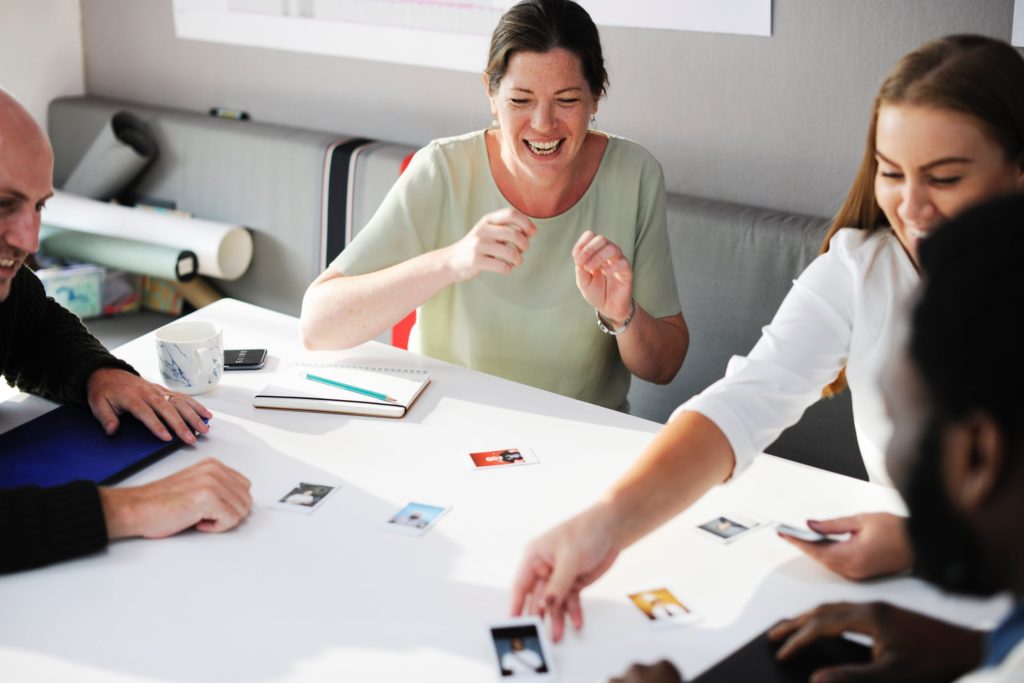
Get attendee buy-in
That inclusive, in-it-together approach should run through all your event communications.
Take every opportunity to support their engagement with this as a green event.
Send out a checklist reminding them to bring all the essentials: reusable cup and water bottle; lanyard; chargers and adaptors so they don’t have to buy an unnecessary spare.
Let them know what happens to your food waste, and how they can help. Map out recycling facilities. Make it easy for them to car-share, taxi-share or pool local knowledge about public transport.
Get outside
There’s one simple way to cut emissions: use natural light and heat.
It won’t work all year round in a country like the UK, and you should always have a back-up plan for bad weather. But a summer event that takes place in the fresh air doesn’t need much support.
Choose a venue that can facilitate open-air lunchtimes, breakout sessions, down time or drinks receptions.
For conferences, the change of scene alone from a familiar theatre-style PowerPoint-led session will reap rewards.
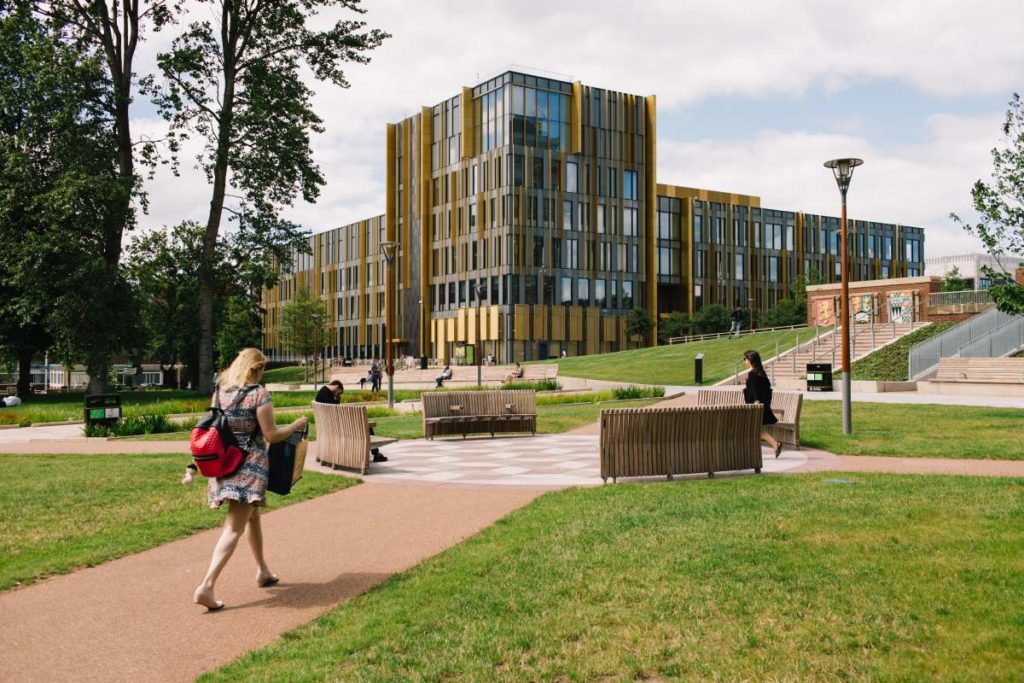
Be genuine
Do make sure you’re making the choice that is genuinely better for the environment.
If achieving ‘100% paperless’ means transporting heavy equipment long distances and running a generator to power your digital screens or audio-visual staging, the CO2 emissions generated may be far more than those from a few printed signs.
If being plastic-free means buying drinks in aluminium cans, think again. It may be 70% recyclable, but making new aluminium involves many environmentally-costly processes.
Remember that not all recyclables can be put into general recycling. The most well-known one is coffee cups, due to the plastic lining. But recyclable food-service items like paper cups, plates, packaging and wooden forks can’t go into standard recycling either, once they’ve been contaminated with food waste. Black plastic is also not recyclable.
And, of course, recycling is an imperfect solution. It still creates emissions. So does creating new goods from recycled materials. Multi-use items are always preferable.
Above all, be open and honest. Explain why you’ve made the decisions you have; share the science behind them.
That way, you’re not just promoting sustainability at your event.
You’re equipping your attendees with knowledge they can use in the long term.

The University of Birmingham: sustainable conferences and events
We’re making sustainability a priority in our conference and events service.
Choose our venues and you’re benefiting from a university setting that’s pioneering research into sustainable cities, and putting that work into practice across campus.
Edgbaston Park Hotel and Conference Centre has pledged to cut out single-use plastics by 2023. You can read more about our other sustainable conference initiatives here.
In Birmingham, the West Midlands Combined Authority is second in sustainability benchmarking with other authorities. The Sustainability West Midlands Roadmap 2030 has clear targets and strategies in place. Projects like the Clean Air Zone, operating from summer 2020, show a real commitment to reducing NO2 and particulates across the whole city.
Our campus and hotel are outside the CAZ, and can be easily reached by train thanks to University train station. It’s right here on campus, with a high-frequency service from Birmingham New Street that takes around 7 minutes.

